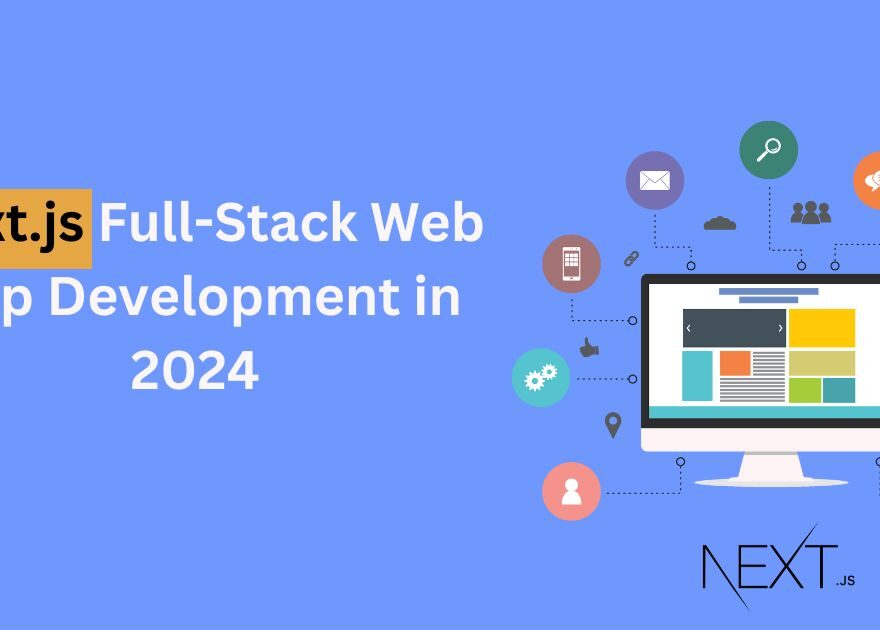In the dynamic landscape of web development, staying updated with the latest technologies is crucial for developers and businesses alike. One such technology that has been gaining traction in recent years is Next.js. This article aims to delve into the world of Next.js full-stack web application development in 2024, exploring its features, benefits, and how it stands out in the realm of web development.
Understanding Next.js
Next.js is a React framework that enables developers to build server-side rendered (SSR) and static web applications with ease. It provides a seamless developer experience coupled with performance optimizations, making it a preferred choice for building modern web applications.
Features of Next.js
-
Server-Side Rendering (SSR)
One of the standout features of Next.js is its support for server-side rendering. This means that web pages are generated on the server before being sent to the client, improving performance and SEO.
-
Static Site Generation (SSG)
Next.js also supports static site generation, where HTML pages are generated at build time. This approach further enhances performance by serving pre-rendered pages to users, resulting in faster load times.
-
API Routes
With Next.js, developers can easily create API routes to handle server-side logic. This simplifies backend development and enables seamless communication between the client and server.
-
Automatic Code Splitting
Next.js automatically splits code at the page level, ensuring that only the necessary code is loaded, thereby optimizing performance and reducing bundle sizes.
-
TypeScript Support
In 2024, TypeScript has become increasingly popular among developers for its static typing capabilities. Next.js provides excellent support for TypeScript out of the box, enhancing code quality and developer productivity.
Benefits of Next.js Full-Stack Development
1. Improved Performance
By leveraging server-side rendering and static site generation, Next.js ensures fast loading times and enhanced performance, leading to a better user experience.
2. SEO-Friendly
Next.js’s support for server-side rendering makes it inherently SEO-friendly, as search engines can crawl and index pages more effectively, improving visibility and rankings.
3. Enhanced Developer Experience
With features like automatic code splitting and TypeScript support, Next.js offers a smooth and efficient developer experience, allowing teams to build robust web applications with ease.
4. Scalability
Next.js is well-suited for building scalable applications, thanks to its flexible architecture and support for serverless deployment options like Vercel.
The Future of Next.js
As we move further into 2024 and beyond, the future of Next.js looks promising. With ongoing updates, community contributions, and industry adoption, Next.js is set to remain a top choice for full-stack web application development.
Conclusion
In conclusion, Next.js continues to be a powerhouse in the world of web app development, offering a comprehensive solution for building modern, performant, and scalable applications. With its array of features, benefits, and growing community support, Next.js is undoubtedly a technology worth exploring for developers and businesses looking to stay ahead in the ever-evolving digital landscape.

